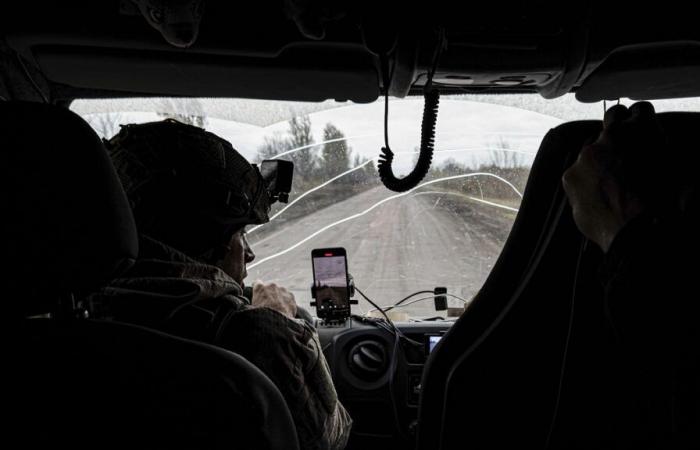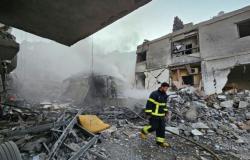Moscow continues to make significant progress in western Donetsk, closing in on the outskirts of Velyka Novosilka and advancing toward important Ukrainian land lines of communication that feed into western Donetsk and extend toward Dnipropetrovsk and Zaporizhia.
ADVERTISEMENT
Russian forces are advancing tactically in the western Donetsk region of eastern Ukraine. They are now advancing to the outskirts of Velyka Novosilka, a town located just to the east between the Donetsk and Zaporizhia regions.
At the current pace of Moscow’s advances, the Washington-based think tank Institute for the Study of War has identified several potential lines of action for the Russian military command.
Russian troops could move west from Kurakhove, along the H15 route, where they have already captured some positions. This would give Moscow’s forces a stronger position from which they could envelop a string of settlements along the route northwest and northeast of Vuhledar.
They could also continue to advance west along the road towards Andriivka while attacking the pocket northeast of Vuhledar, trying to push Ukrainian troops to retreat west to avoid the encirclement.
Such a maneuver could allow Russian troops to seize tactical positions in the region and level the front line from Sontsivka to Kostyantynopolske, pushing them about 23 km east of the border of the Donetsk-Dnipropetrovsk region at its nearest point.
Seizing the entire territory of Ukraine’s Donetsk and Luhansk regions within their administrative borders has been the Kremlin’s main priority since Russia’s initial invasion more than a decade ago.
The IEG notes that Russia would need to seize more than 8,000 square kilometers of territory to achieve the Kremlin’s goal of seizing all of Donetsk alone. But the current pace of Russian advances in Ukraine is the fastest since the early days of the invasion in early 2022.
Is the city of Zaporizhia in danger?
Ukrainian military officials continue to warn of possible Russian ground operations against the city of Zaporizhia, located about 30 kilometers from the current front line.
The timing and possible scale of this potential offensive remains unclear, particularly due to Ukraine’s incursion into Russia’s Kursk region.
A Ukrainian brigade commander said the incursion into Kursk had disrupted the Russians’ initial plans for an assault on the city of Zaporizhia and that the Russian military command had redeployed nearly half of the 20,000 to 30,000 Russian troops initially assembled for the assault on Zaporizhia in the Kursk region.
The battalion commander noted that continued Russian efforts at Kursk could delay the offensive on Zaporizhia and that Russian forces could also carry out the attack with a smaller grouping of forces than planned.
The Economist, citing Ukrainian intelligence sources, reported on Sunday that Russian forces were preparing for a future offensive operation against the city with a complement of up to 130,000 personnel.
Intensification of air attacks
Meanwhile, Russia launched 188 drones against most parts of Ukraine overnight, the Ukrainian Air Force said Tuesday, describing a record number of drones deployed in a single attack . The air raid alert in the Kyiv region alone lasted for more than seven hours overnight.
Most of the drones were intercepted, authorities said, but apartment buildings and critical infrastructure, such as the national power grid, were damaged. No casualties were immediately reported in the 17 targeted regions.
Ukraine faces a difficult winter, the third since the full-scale invasion and Moscow’s efforts to destroy the country’s energy infrastructure and weaken Ukrainians’ will to resist.






